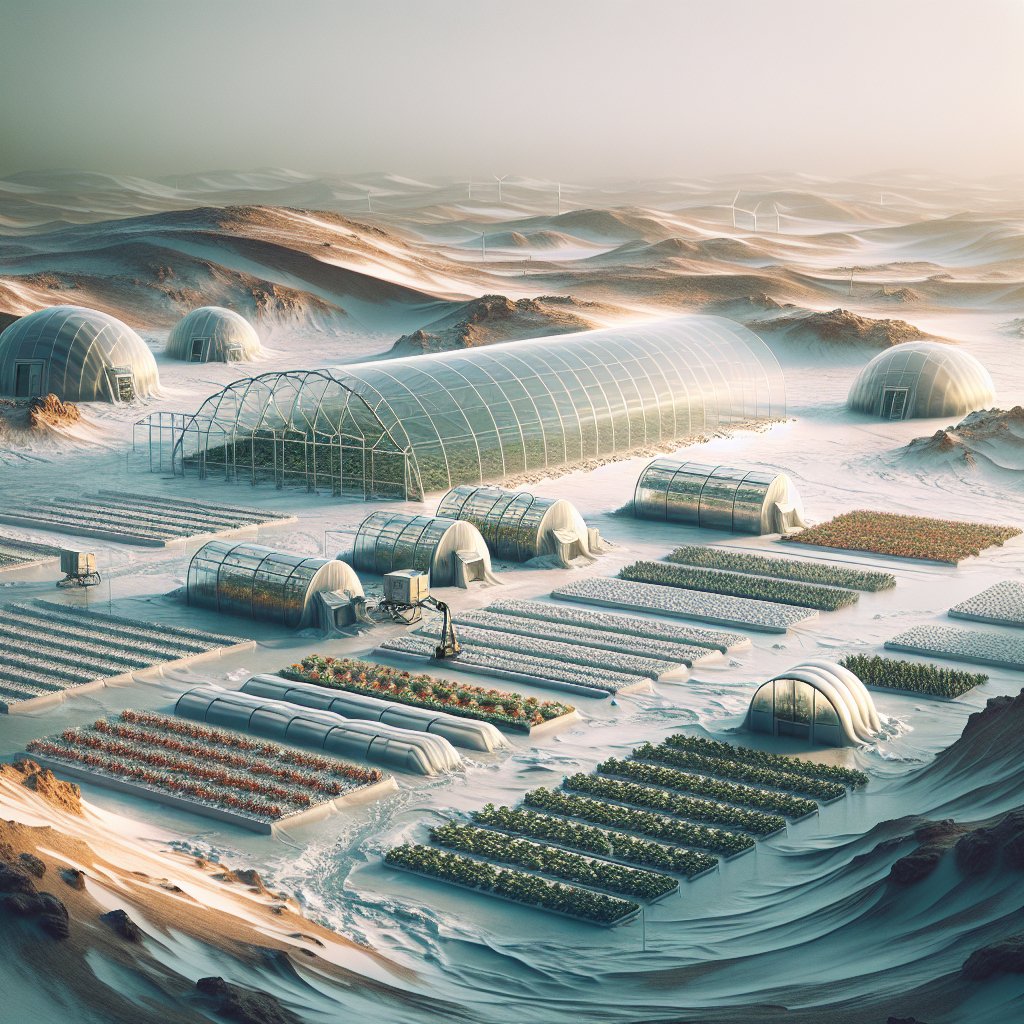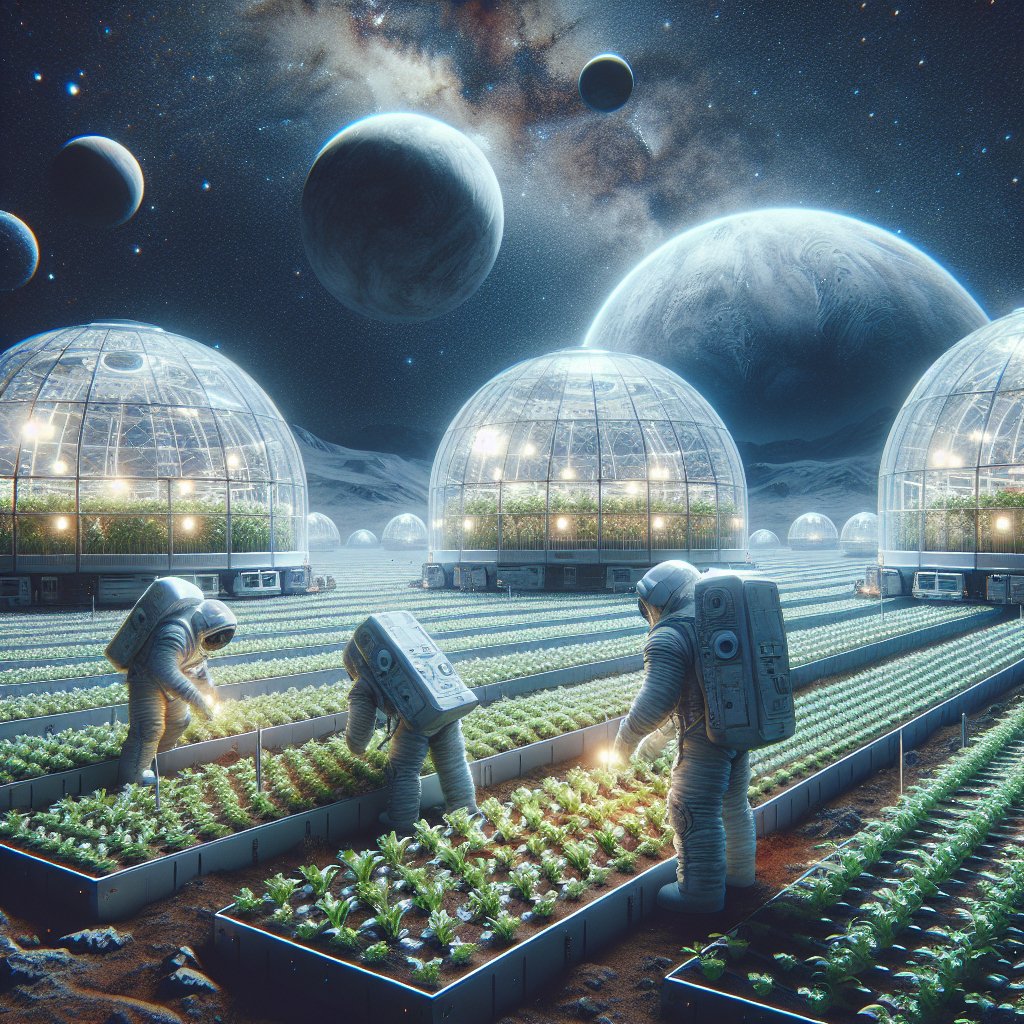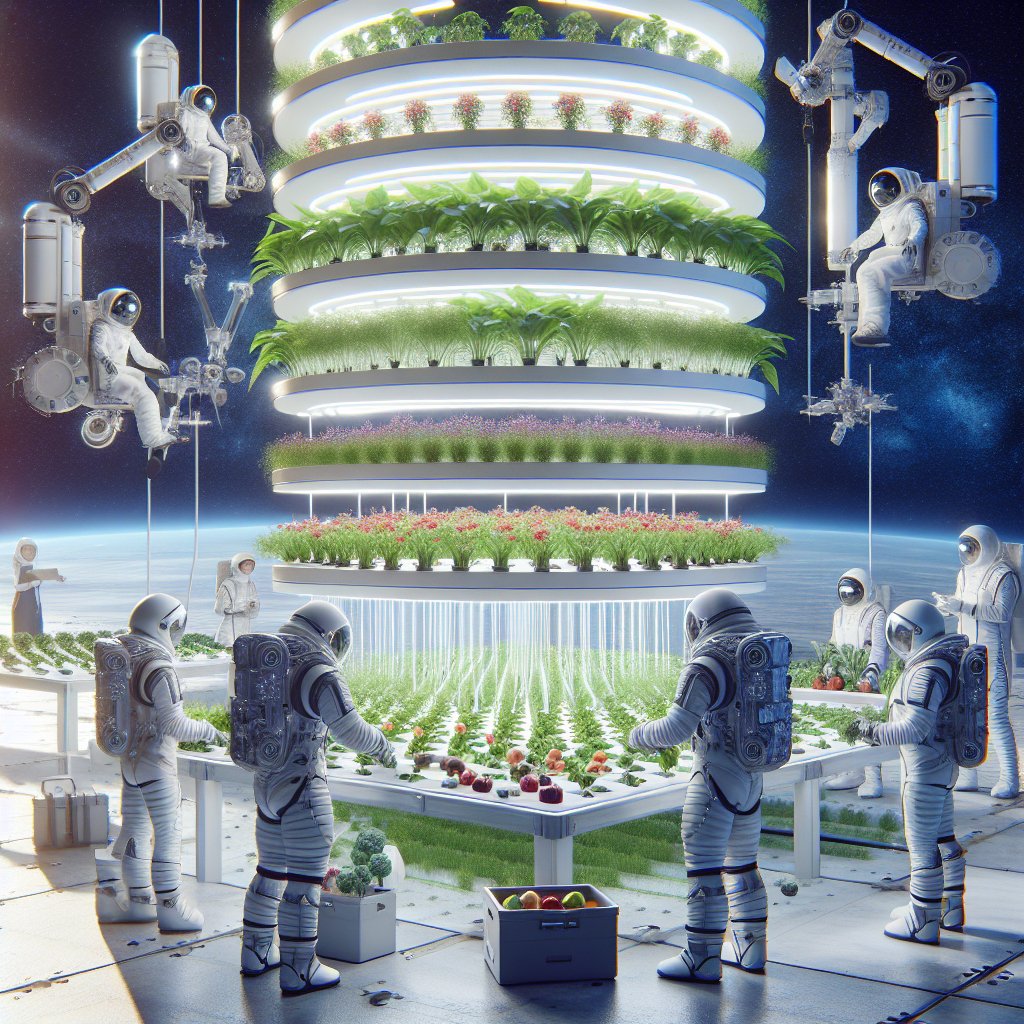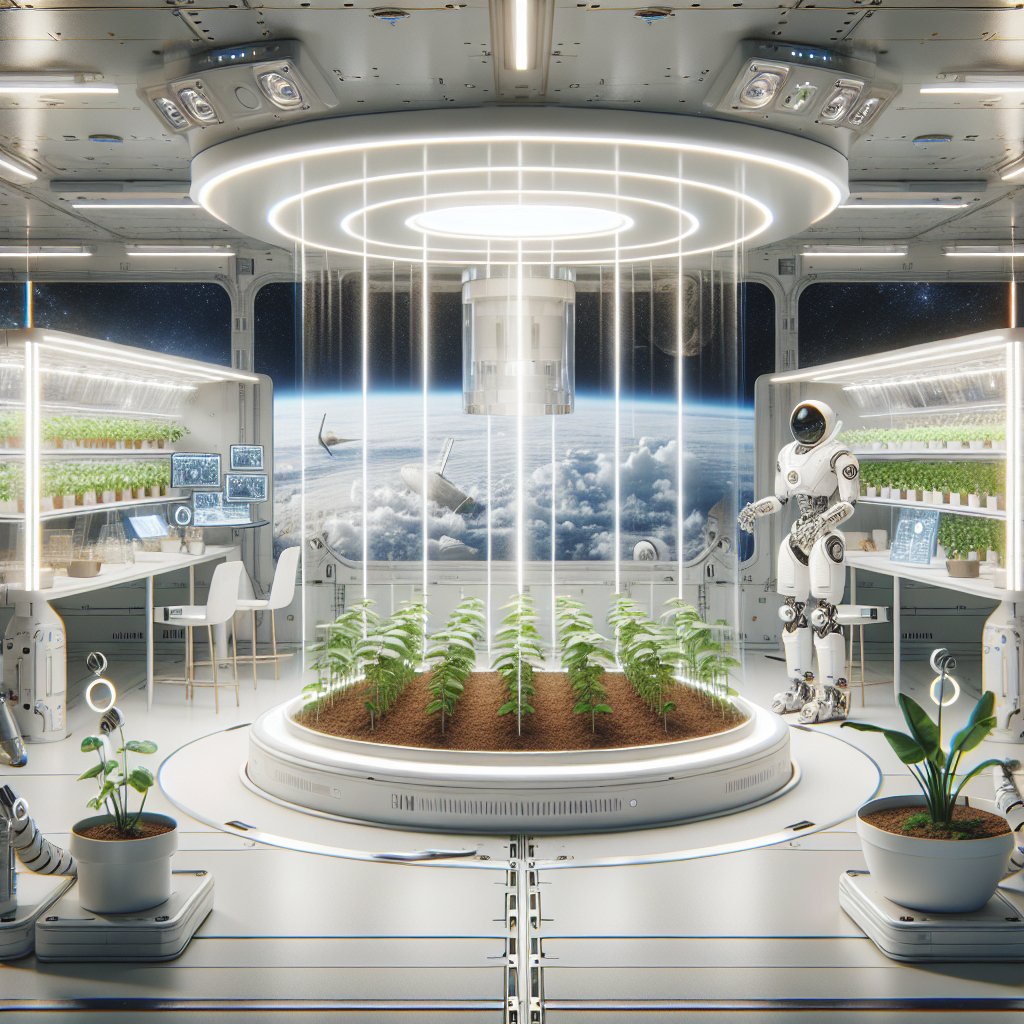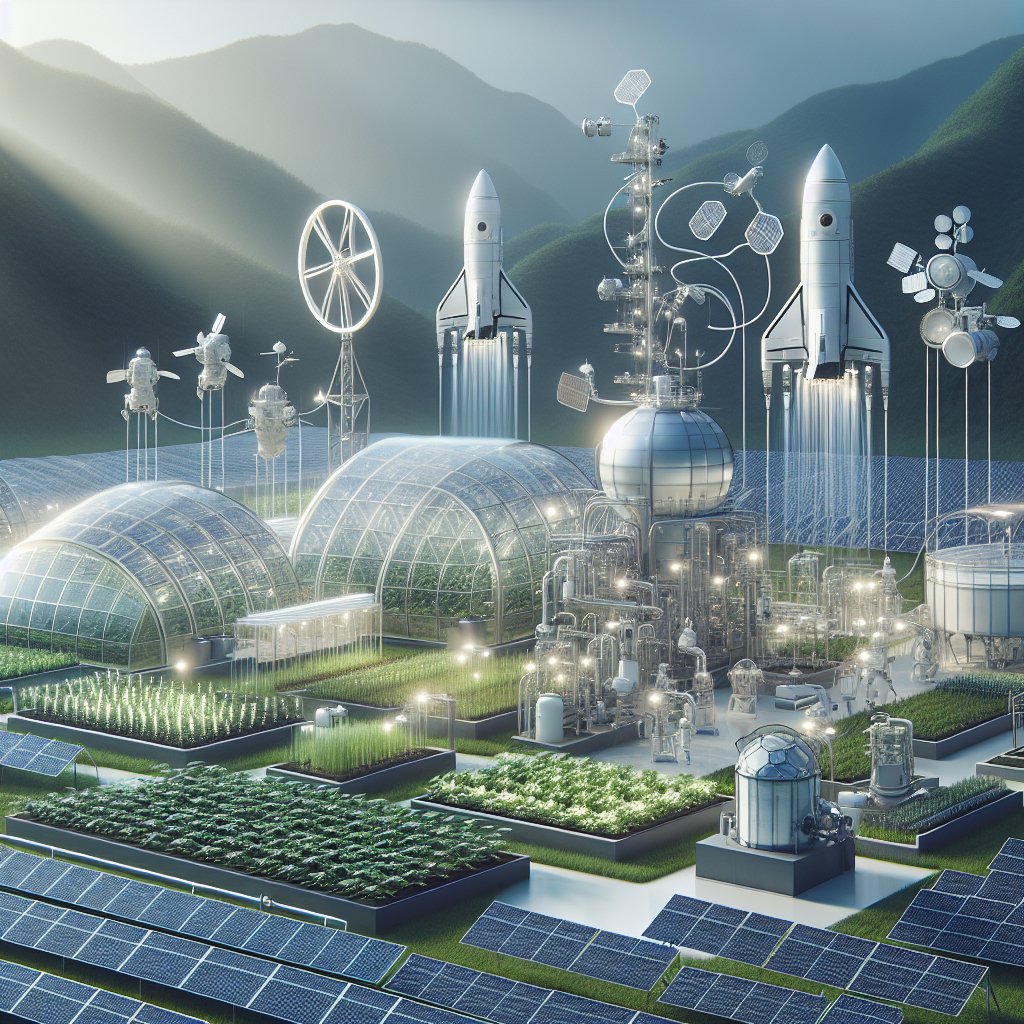The challenges of growing food in extreme environments are becoming increasingly relevant as humanity explores the far reaches of our planet and beyond. As we face climate change, dwindling resources, and a growing population, the need for innovative agricultural solutions has never been more pressing. This article delves into the intersection of agriculture and space exploration, examining how we can cultivate food in harsh conditions, whether on Earth or in extraterrestrial environments.
Understanding Extreme Environments
Extreme environments can be defined as areas that present significant challenges to traditional agricultural practices. These can include deserts, polar regions, and even outer space. Each of these environments has unique characteristics that affect the growth of plants, such as temperature fluctuations, soil quality, and availability of water. Understanding these factors is crucial for developing effective agricultural strategies.
Deserts: The Challenge of Aridity
Deserts are characterized by their low precipitation and extreme temperatures, making them one of the most challenging environments for agriculture. The lack of water is the primary obstacle, but high temperatures can also lead to soil degradation and increased evaporation rates. Despite these challenges, innovative techniques are being developed to grow food in arid regions.
- Drip Irrigation: This method delivers water directly to the roots of plants, minimizing evaporation and maximizing efficiency. It has been successfully implemented in various desert regions, allowing farmers to cultivate crops with limited water resources.
- Soil Amendments: Adding organic matter and nutrients to the soil can improve its structure and water retention capabilities. Techniques such as mulching and composting can help create a more hospitable environment for plant growth.
- Drought-Resistant Crops: Breeding and genetically modifying crops to withstand arid conditions is a promising avenue for desert agriculture. These crops require less water and can thrive in high temperatures, making them ideal for cultivation in extreme environments.
Polar Regions: The Challenge of Cold
Polar regions present a different set of challenges for agriculture, primarily due to their cold temperatures and short growing seasons. However, advancements in technology and agricultural practices are making it possible to grow food in these extreme conditions.
- Greenhouses: Utilizing greenhouses can create a controlled environment that protects plants from harsh weather conditions. By using insulation and heating systems, it is possible to extend the growing season and cultivate crops that would otherwise not survive.
- Hydroponics and Aquaponics: These soil-less farming methods allow for year-round cultivation of plants. By providing the necessary nutrients directly to the roots, hydroponics can be particularly effective in cold climates where traditional soil-based agriculture is not feasible.
- Cold-Resistant Varieties: Research into plant genetics has led to the development of cold-resistant crop varieties. These plants can withstand freezing temperatures and shorter daylight hours, making them suitable for polar agriculture.
Agriculture in Space: Growing Food Beyond Earth
As humanity sets its sights on space exploration, the need for sustainable food production in extraterrestrial environments becomes increasingly important. The challenges of growing food in space are multifaceted, including microgravity, radiation exposure, and limited resources. However, researchers are making significant strides in developing methods to cultivate food in these extreme conditions.
Microgravity: The Challenge of Weightlessness
One of the most significant challenges of growing food in space is the microgravity environment. Plants rely on gravity to orient themselves and grow properly. In microgravity, traditional growth patterns are disrupted, leading to potential issues with nutrient uptake and overall plant health.
- LED Lighting: In space, natural sunlight is not always available, so researchers are using LED lights to provide the necessary spectrum for photosynthesis. These lights can be adjusted to optimize growth conditions for different plant species.
- Hydroponic Systems: Similar to polar agriculture, hydroponics is being explored as a viable method for growing food in space. By using nutrient-rich water instead of soil, plants can be cultivated in a compact and efficient manner.
- Plant Growth Chambers: Controlled environments that simulate Earth-like conditions are being developed to support plant growth in space. These chambers can regulate temperature, humidity, and light, creating optimal conditions for cultivation.
Radiation: Protecting Plants from Cosmic Rays
Space is filled with radiation that can be harmful to both humans and plants. Protecting crops from this radiation is essential for successful space agriculture. Researchers are exploring various strategies to mitigate radiation exposure.
- Shielding Materials: Developing materials that can shield plants from radiation is a key area of research. These materials can be integrated into growth chambers or greenhouses to provide a protective barrier.
- Genetic Modification: Scientists are investigating the potential of genetically modifying plants to enhance their resistance to radiation. This could involve altering specific genes to improve the plant’s ability to repair damage caused by radiation exposure.
- Growing Underground: In future lunar or Martian colonies, growing food underground may provide a natural shield against radiation. Utilizing existing geological formations could create a safe environment for agriculture.
Conclusion: The Future of Agriculture in Extreme Environments
The challenges of growing food in extreme environments, whether on Earth or in space, are significant but not insurmountable. Through innovative techniques, technological advancements, and a deeper understanding of plant biology, we can develop sustainable agricultural practices that thrive in harsh conditions. As we continue to explore new frontiers, the ability to cultivate food in extreme environments will be crucial for the survival of humanity, both on our planet and beyond.
As we face the dual challenges of climate change and the potential colonization of other planets, the intersection of agriculture and space exploration will play a vital role in ensuring food security for future generations. By investing in research and development, we can unlock the potential of extreme environments and pave the way for a sustainable future.
